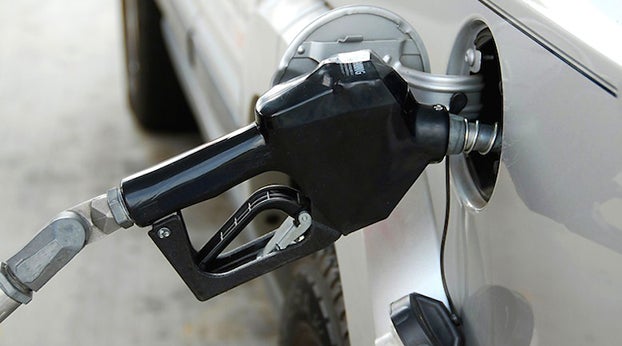Of hay and ice
Published 2:30 pm Friday, November 11, 2022

- Levi Berg. File photo.
|
Getting your Trinity Audio player ready...
|
Levi Berg
Clark County Cooperative Extension Office
Winter is almost here, and if you’re a horse owner, you should already be preparing your winter hay supplies. I usually receive one question: “How much hay will I need?” My answer will never be simple. Every horse will have different nutritional requirements depending on the stage of life, but for this article, I will focus on a mature horse at light work.
A mature horse at light work to maintenance should receive mainly a forage-based diet, and a 1,100-pound horse eats around 2 percent of its body weight. That equals 22 pounds of hay per day. Feeding for 120 days, December through March, would equal 1.3 tons of hay per horse. That is a nitty-gritty estimate for finding how much hay is needed.
You can do a few things to make the best of your hay inventory. A feed test is a good idea and can get you started in making the best use of the nutrients supplied by hay and supplements. If you are unsure how to take a sample for a hay test, you can contact the Henry County Extension Office for help.
Remember to feed the amount your horse needs each day. That means taking some control over the feed intake. Feeding-free choice can result in your horses eating more than they need daily to meet their nutritional needs. This can be difficult for those using hay rolls rather than square bales.
Use a suitable feeder for your horses to limit waste. Feeding on the ground can result in significant losses of feed. Researchers using square-bale hay fed in controlled amounts reported waste in the range of 20 percent, while others feeding roll-bale hay without a feeder reported waste in the 35 to 38 percent range. In that case, horse owners would need at least a half-ton more hay per horse.
And finally, when you are buying hay, purchase quality grass/legume hay possible.
As the feeding season progresses, monitor your horses to ensure they maintain body condition and adjust feed as needed. If you are short on hay, you may need to feed some concentrate to provide all the nutrients your horses require.
If you estimate correctly, you should have some hay left when spring grass finally arrives. It is better to have some leftover than to run out in March.
For information on winter hay feeding, contact the Clark County Cooperative Extension Service at 859-744-4682.
Are you ready for ice?
Luckily, we don’t have harsh winters in Kentucky, but we still have to deal with ice, whether around our homes or in the barn. I have written before about the necessity of water for livestock and how important it is to have fresh, clean water. Also, winter feeds such as hays and grains are low in moisture, so the animals’ water needs can be increased during cold weather. If ice is present, your animals could become severely dehydrated. Below are a few options for keeping fresh water for your animals.
The first is the automatic waters, which provide the following water to the animals at all times. These units can be expensive and require electricity. This means when the electricity is out, your animals are out of water. Heaters can be purchased with this unit to ensure the water doesn’t freeze, and non-heated waters can still freeze if not used frequently by the animals.
The second option is electrical tank heaters/deicers. These units are the least expensive and usually floating or submerged units placed in your water tanks/troughs. The downfall with these units is that they can be pulled out of the tank by the animals, have a short working life, and require electricity.
The third option is heated buckets. These are similar to electrical tank heaters. The heater is built into the tank and usually only holds around 5 gallons of water each. These units are a little more expensive than the electrical tank heaters and have the same downfalls of the electrical tank heaters/deicers.





